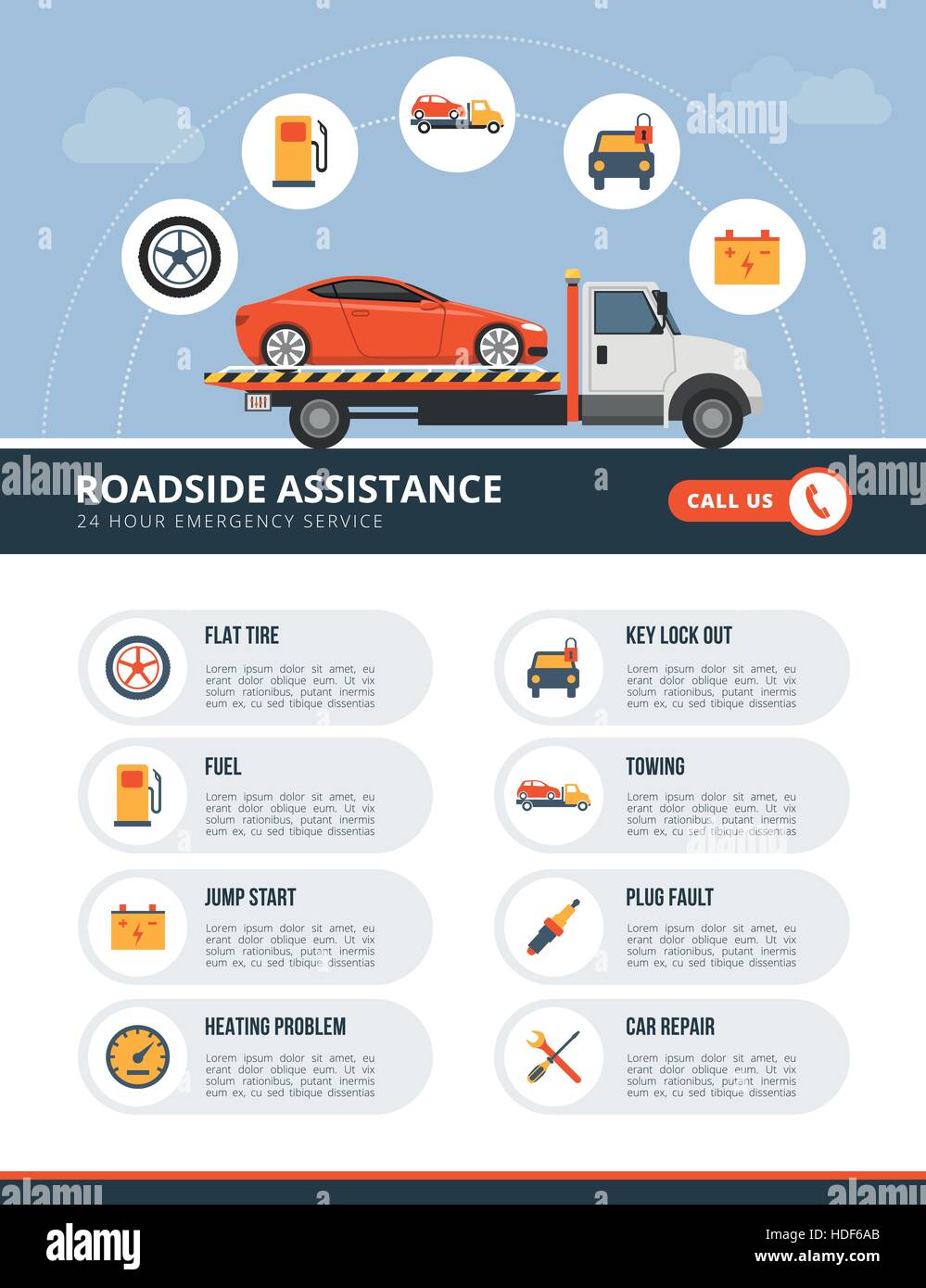An Initial Overview To Decoding Your Automobile'S Warning Indicators
An Initial Overview To Decoding Your Automobile'S Warning Indicators
Blog Article
Content Produce By-Ditlevsen Lindegaard
When you lag the wheel, those little caution lights on your auto's control panel can be quite complicated. What do they indicate, and should you be concerned? Understanding these signals is critical for your car's health, however it does not have to be a daunting job. By decoding the mystery behind each light, you'll be outfitted to take care of possible concerns properly and keep your auto running smoothly. So, next time a caution light flashes, don't panic - arm on your own with expertise and take control of the situation.
Significance of Automobile Warning Lights
Comprehending the value of your auto's caution lights is crucial for keeping your vehicle's health and safety. These lights function as your cars and truck's interaction system, notifying you to possible concerns that could threaten your security when traveling or cause costly repair work if ignored. By focusing on these cautions, you can address troubles early and prevent more damages to your car.
Neglecting cautioning lights can lead to major consequences, such as engine failure, brake breakdowns, or even crashes. These lights are designed to inform you of concerns varying from low tire stress to engine malfunctions, providing you the possibility to do something about it prior to the circumstance gets worse. On a regular basis inspecting and comprehending these warnings can save you time, cash, and guarantee your security while driving.
Along with maintaining you safe, responding without delay to advising lights can likewise aid prolong the lifespan of your auto. By resolving issues at an early stage, you can protect against little issues from rising into major repair work, ultimately saving you money and time over time. Keep in mind, your cars and truck's warning lights are there for a reason - don't overlook them!
Common Warning Lighting and Meanings
When it involves driving your automobile, knowing usual caution lights and their definitions is important for your safety and security and vehicle upkeep. Here are a couple of typical caution lights you may run into:
1. ** Check Engine Light **: This light suggests a problem with your engine. It could be something minor like a loosened gas cap or something a lot more serious like engine misfiring.
2. ** Battery Light **: This light signals an issue with your cars and truck's billing system. It could indicate a defective battery, alternator, or other associated components.
3. ** Oil Pressure Light **: When this light comes on, it means your engine may be running low on oil or experiencing reduced oil stress, which can cause engine damage if not dealt with immediately.
4. ** Brake System Light **: This light shows an issue with your braking system. learn more might suggest reduced brake fluid degrees or a trouble with the brake system that requires instant focus.
Comprehending these usual caution lights will help you identify prospective problems beforehand and prevent more substantial problems later on.
Just how to Respond to Warning Lights
On the occasion that a warning light brightens on your vehicle's control panel, it's critical to react quickly and appropriately. When a warning light begins, the initial step is to consult your proprietor's guidebook to understand the particular problem suggested by the light.
just click the following web page need immediate focus, while others might indicate a less urgent matter. If the warning light is red or blinking, it's typically an indication of a major issue that requires prompt activity. In such instances, it's suggested to pull over securely, shut off the engine, and look for professional assistance.
For yellow or orange caution lights, while they may not need instant focus, it's still essential to attend to the underlying concern without delay to stop additional damages. Normal upkeep and assessment can help avoid cautioning lights from coming on all of a sudden.
Final thought
To conclude, understanding your car's warning lights is crucial for keeping your vehicle's health and safety. By regularly inspecting and replying to these warnings, you can deal with prospective problems early and protect against costly repair services or safety and security risks. Remember to consult your owner's guidebook for details on various warning lights and always take instant action for red or blinking lights. Keep positive and keep your vehicle running smoothly!
